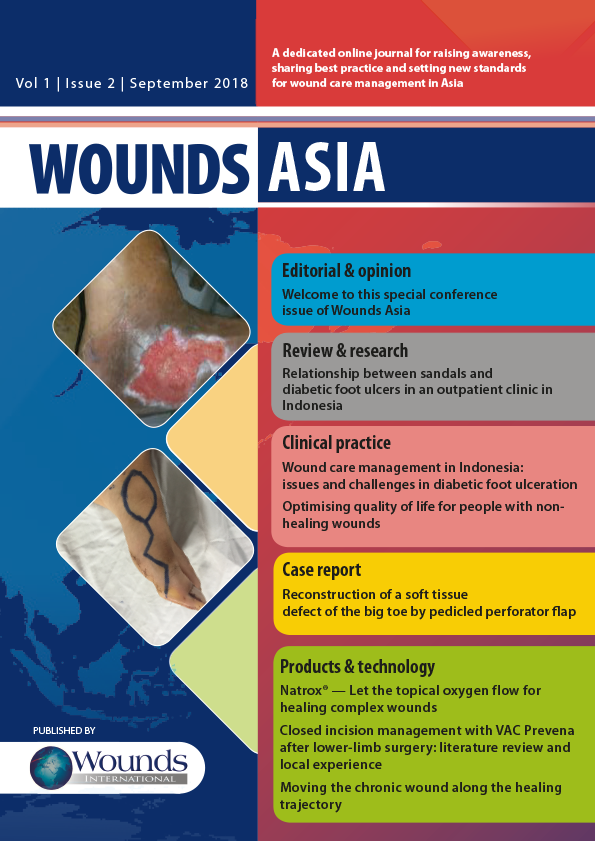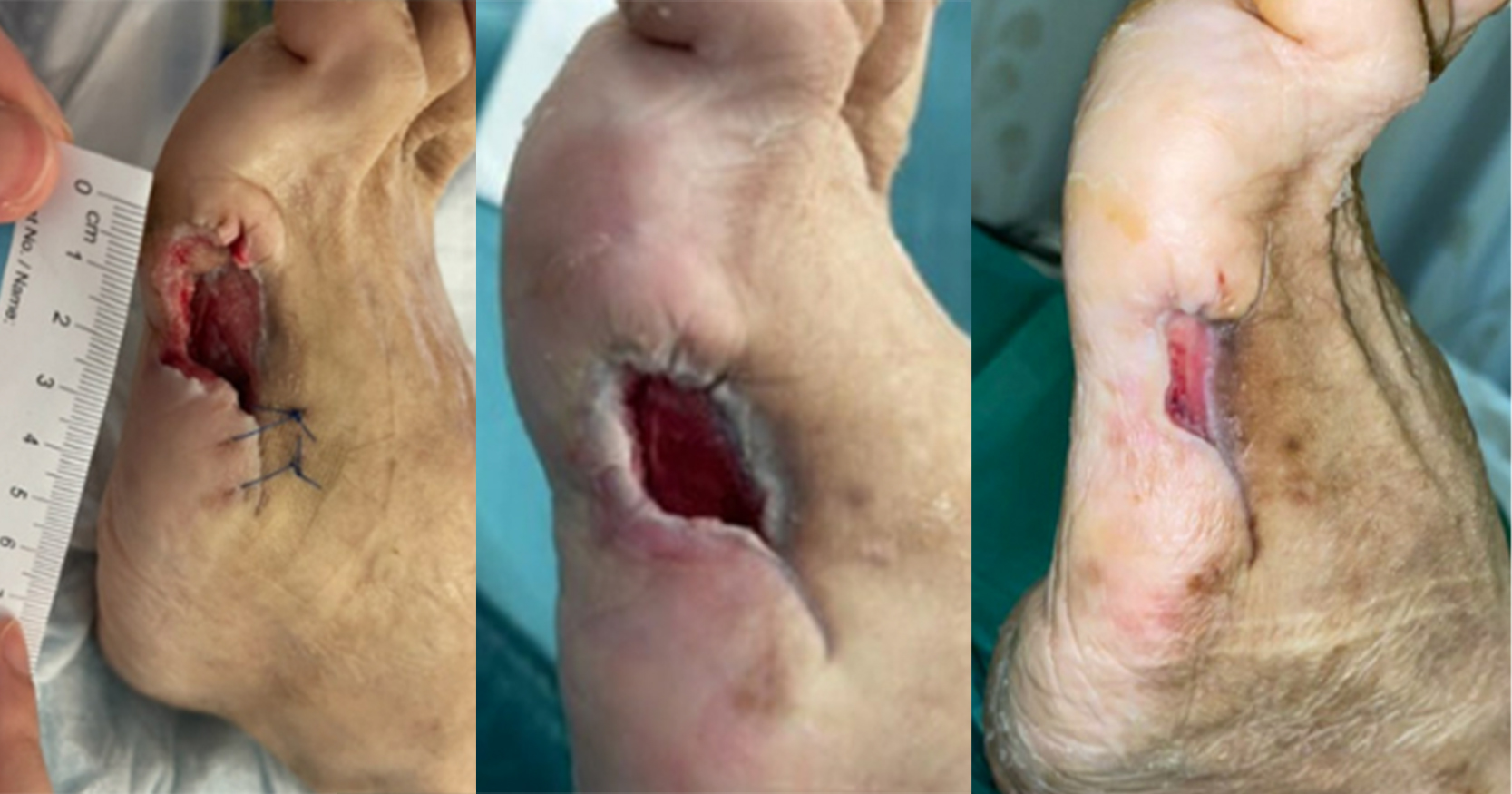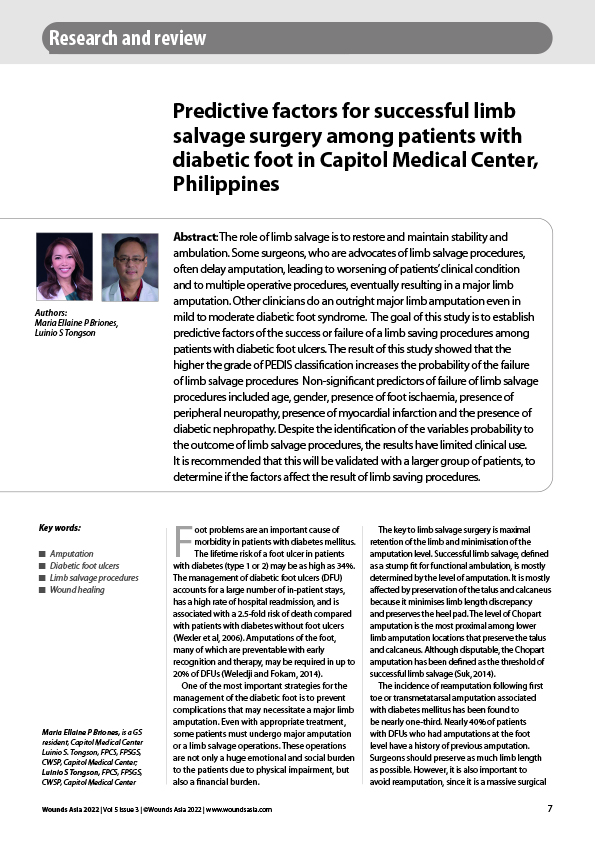Development of diabetic foot ulcers (DFUs) may be related to internal factors, such as neuropathy and angiopathy (International Working Group on the Diabetic Foot, 2012), or caused by external factors, including footwear. Footwear has two contrasting effects on the development of DFUs: it can be preventative (Viswanathan et al, 2004) or it can be a source of risk when worn inappropriately (Waaijman et al, 2014). A recent cluster analysis confirmed that footwear is one of the greatest contributing factors in the development of DFUs (Lavery et al, 2008).
Many Asian patients wear sandals (Ungpakorn et al, 2004; Miyan et al, 2014). In Indonesia, sandals are mainly used as footwear worn when undertaking daily activities. Our epidemiological study confirmed that the majority of patients who have a DFU or who are at high risk of developing a DFU wear sandals (Yusuf et al, 2016). People with diabetes’ choice of footwear in Indonesia appears to be based on practicality (bearing in mind the heat and humidity), rather than its function in the prevention of DFUs. Determination of which type of sandal is most appropriate in diabetes patients with/at risk of a DFU could therefore form the basis of education in the selection of proper footwear.






